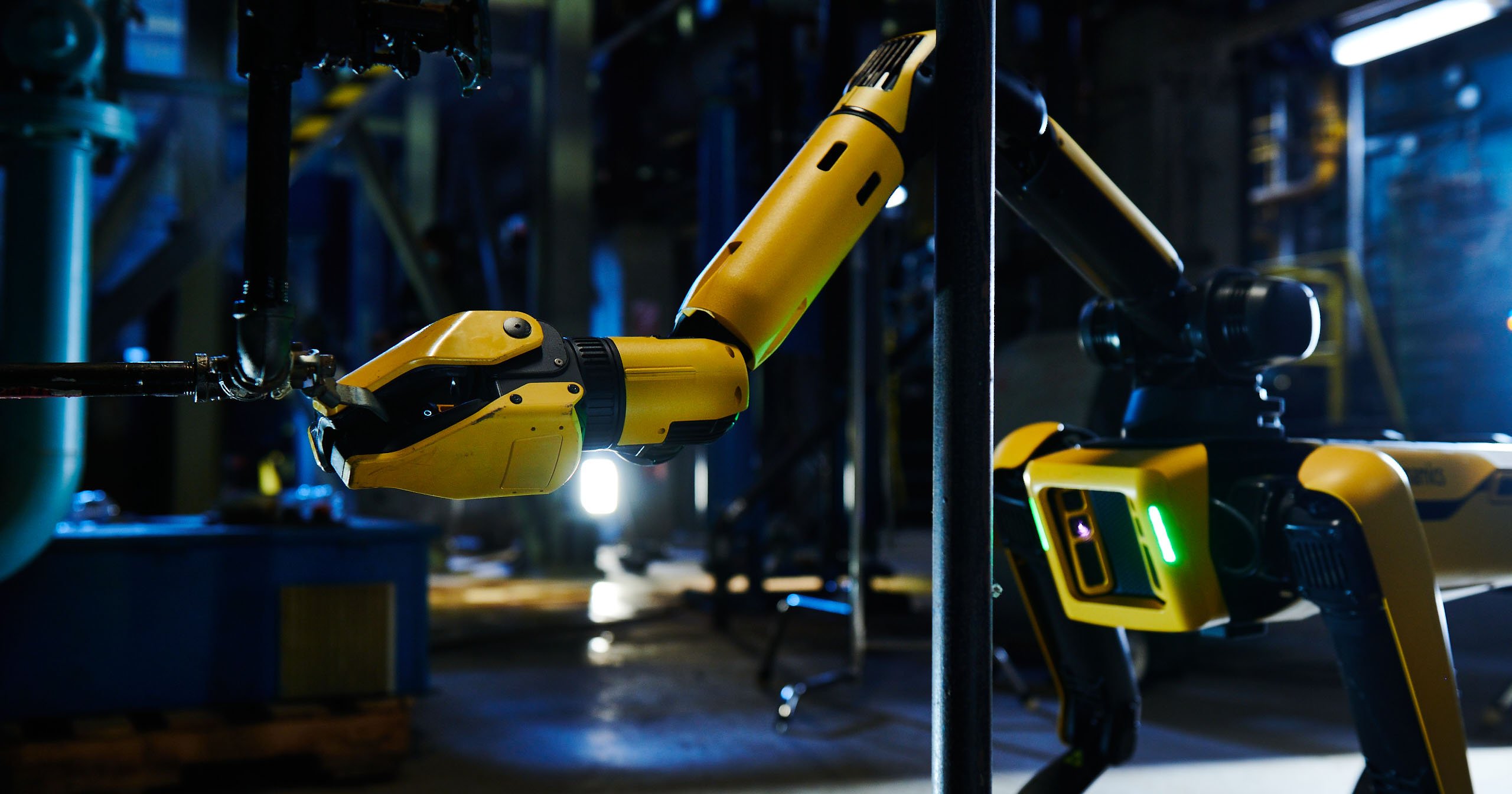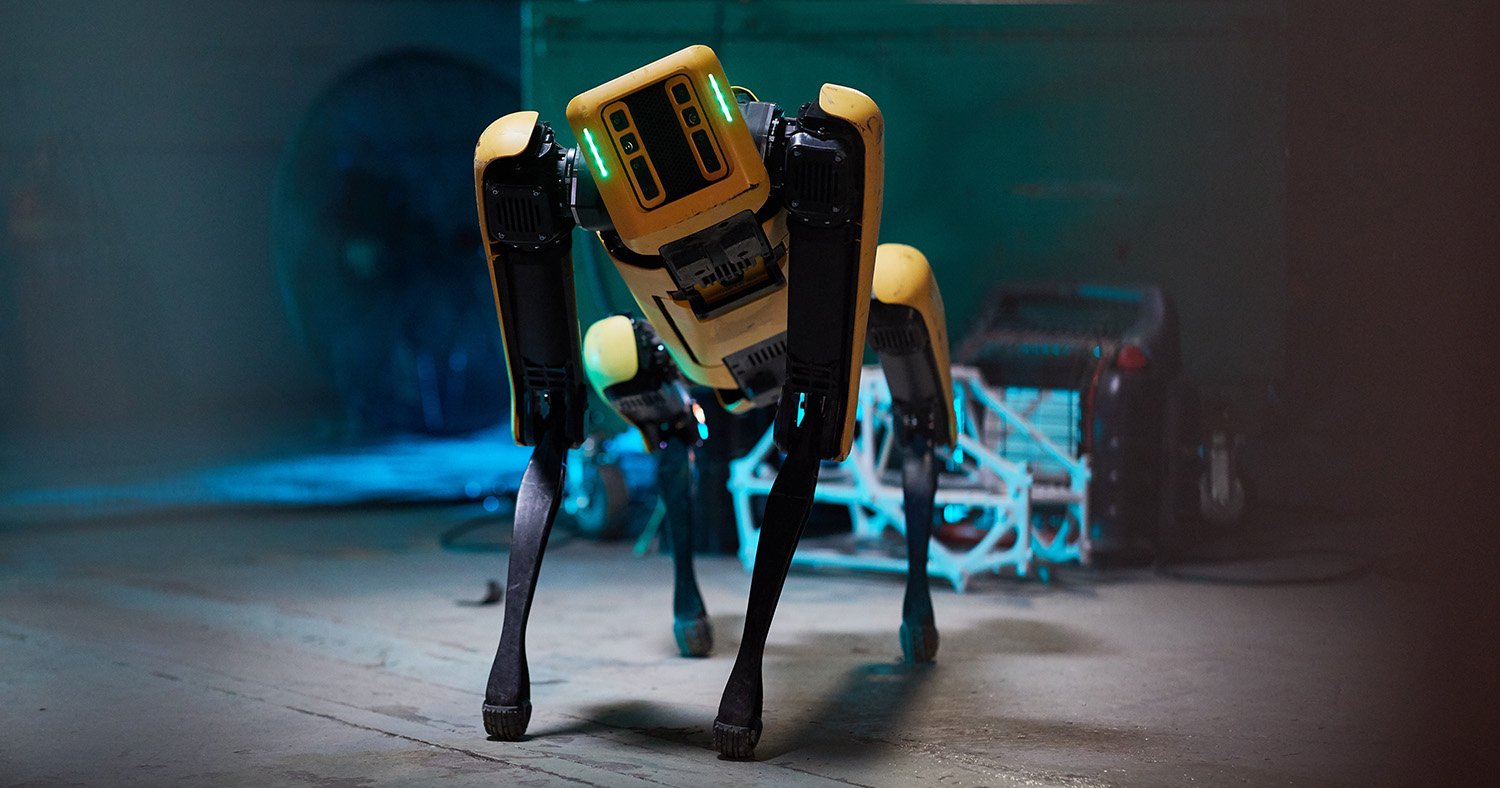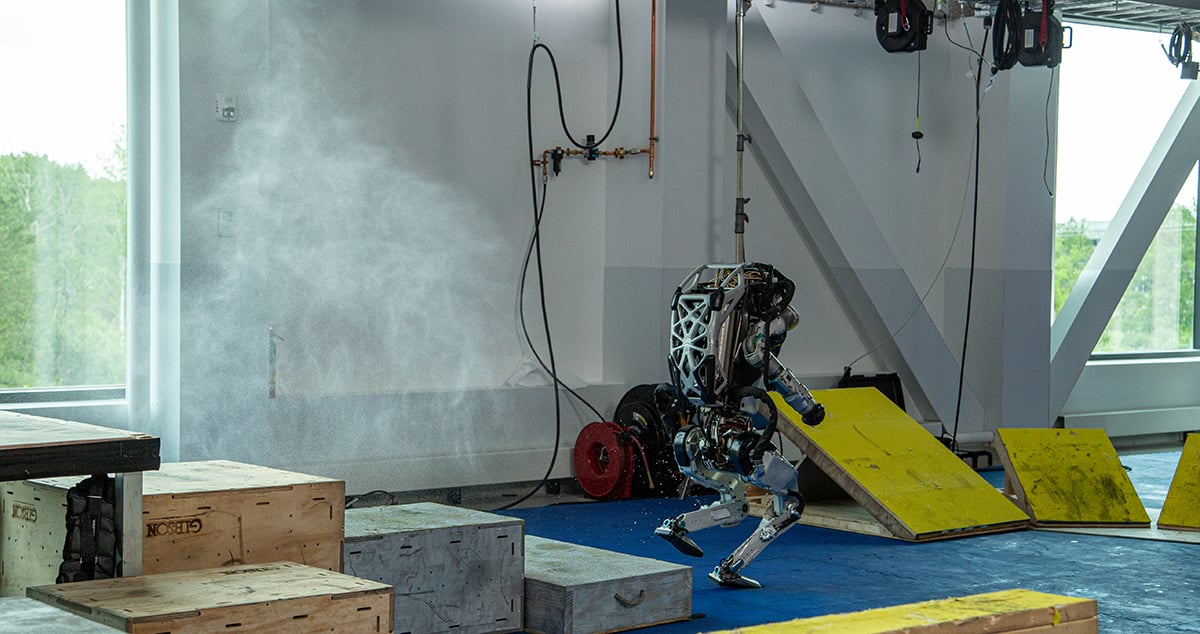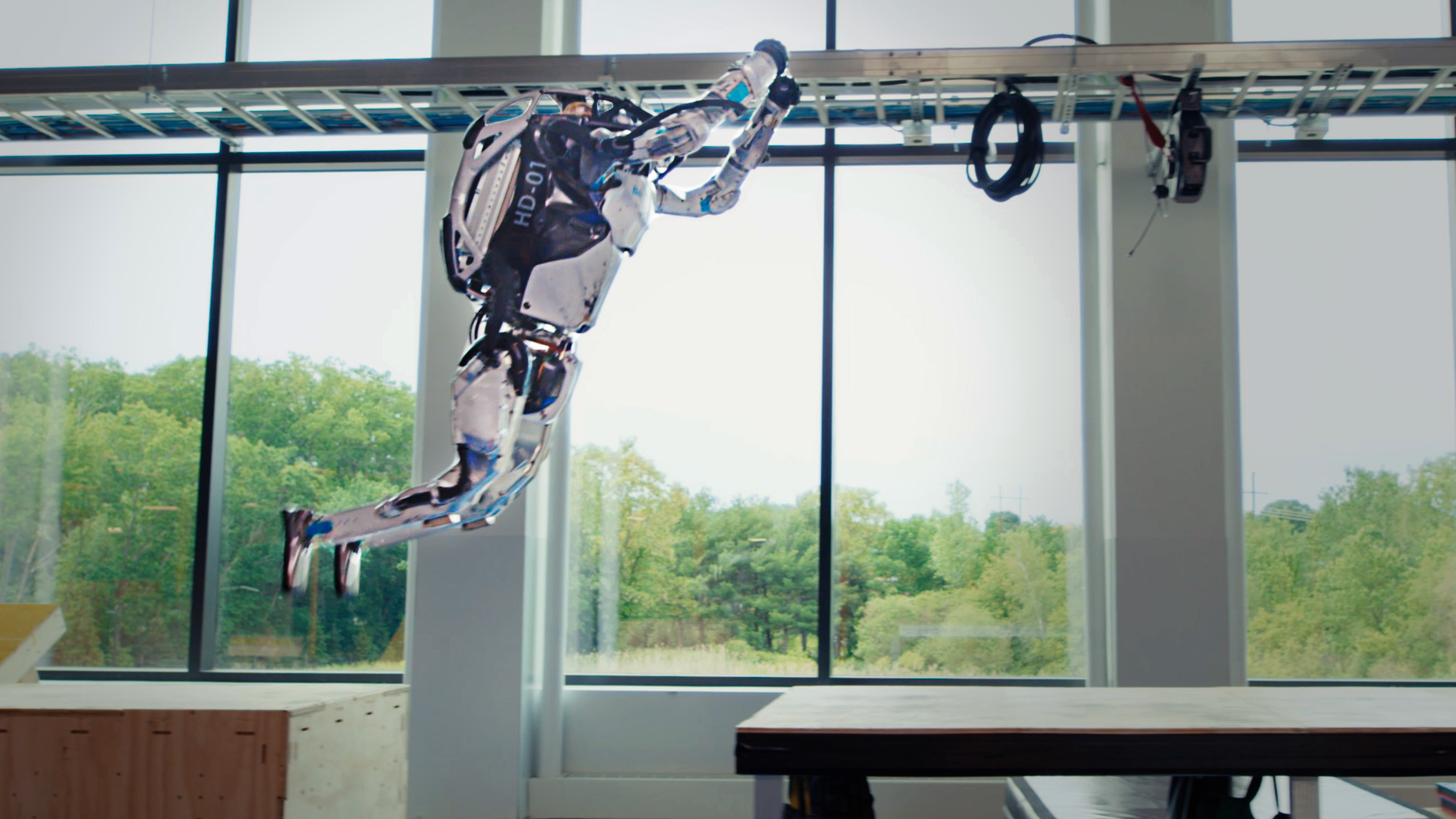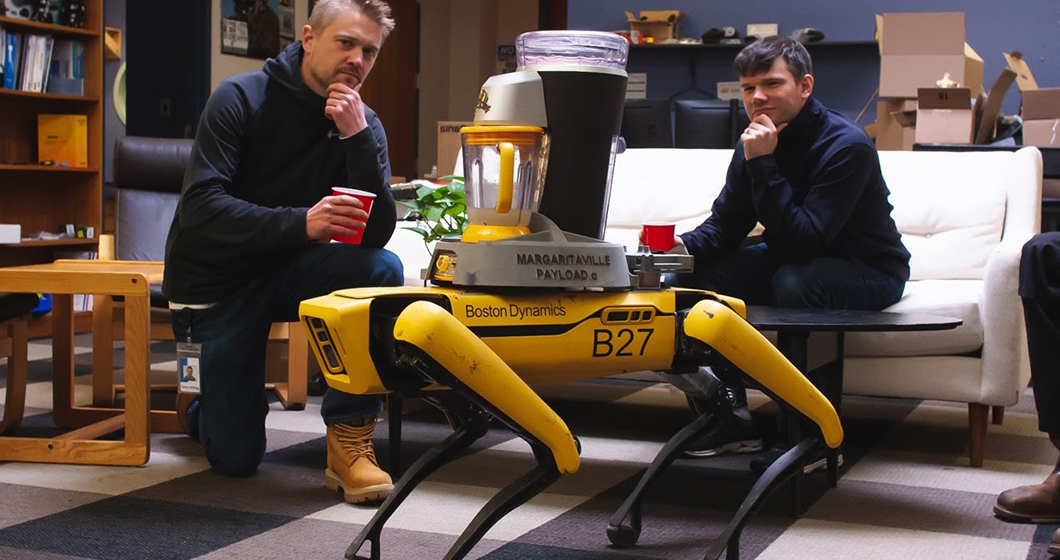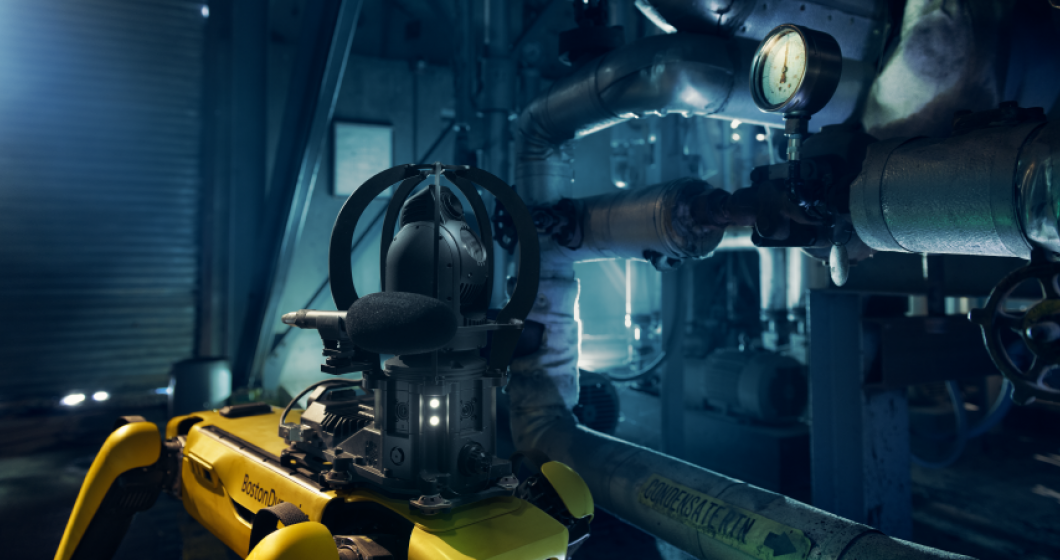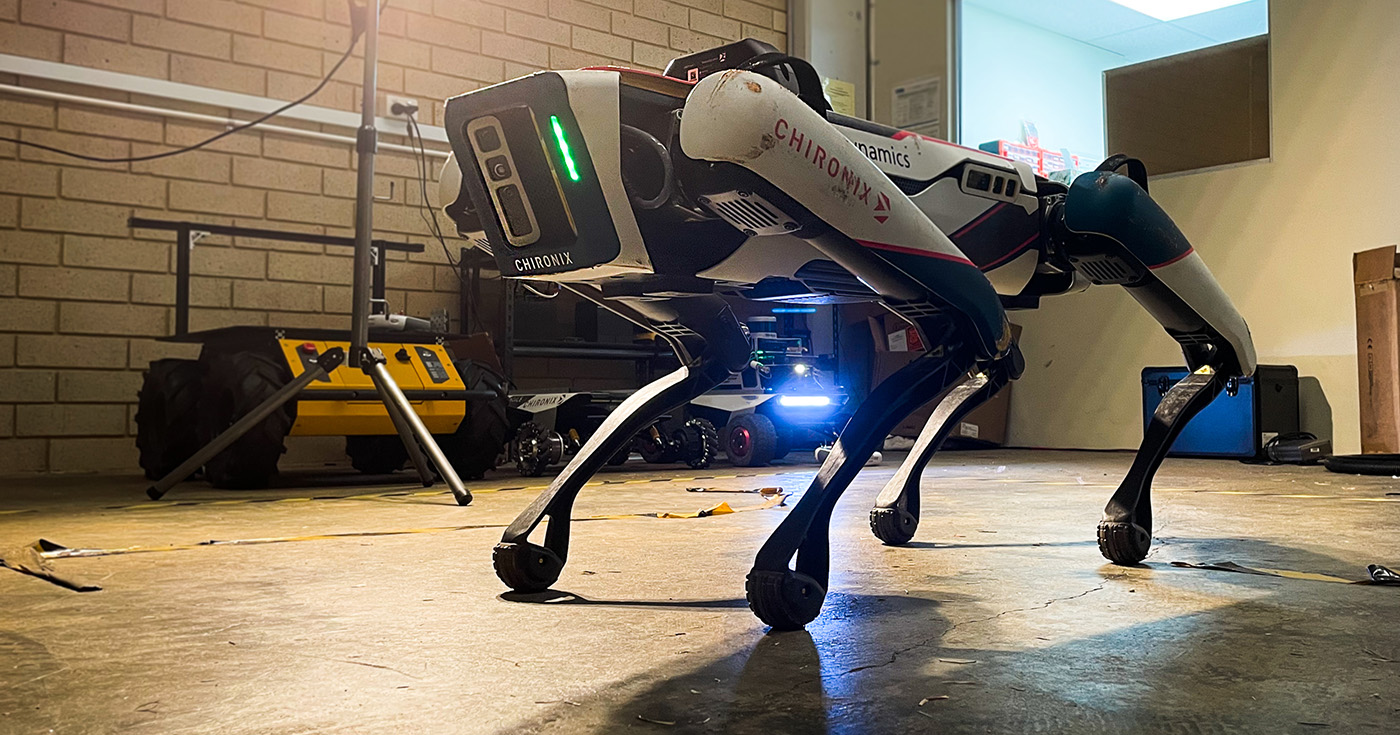
Although we are all familiar with the five senses humans use to perceive our surroundings, for robots, these senses look a little different. Robots are rapidly becoming more prevalent in our everyday lives which can take a plethora of forms, from industrial applications, to delivery drones to robotic waiters. No matter what the role, these robots require sensors of all sorts to see the environment around them. The combination of cameras, LiDAR and gas sensors, together play a vital role in informing the robot’s unique perspective.

